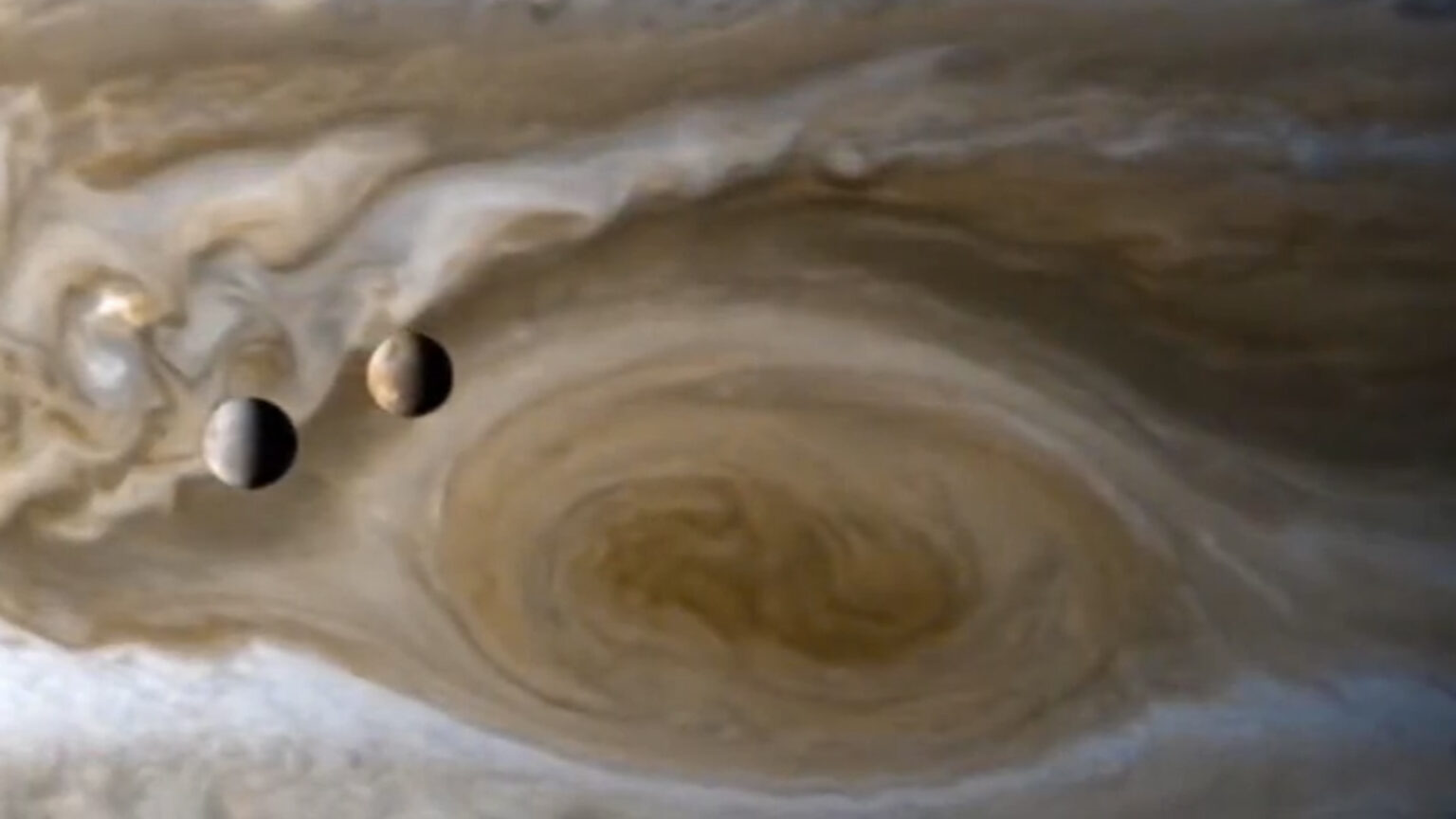Scientists were able to map Jupiter’s moon Europa. It turned out that there was a large amount of sulfur dioxide on it. At the same time, it is concentrated mainly on the back hemisphere of this body.

Ultraviolet map of Europe
Scientists from the Southeastern Research Institute working with the Hubble Space Telescope were able to close a serious gap in our knowledge of Jupiter’s moon Europa. For the first time, they made a map of this icy world in ultraviolet.
This moon is one of the most likely habitats of life in our system outside the Earth. The ocean under its icy crust can contain everything necessary for the existence of even multicellular animals. And it is this moon that will be the main target of the NASA Europa Clipper, which is due to launch in 2024.
The most interesting discovery made by scientists is that on the surface of Europa, which mainly consists of water ice, there is sulfur dioxide in a solid state. At the same time, they are concentrated mainly in the back hemisphere of the planet. Places rich in this material are clearly marked even in visible light as darker areas.
Sulfur dioxide from Io
The biggest question that arises with regard to sulfur dioxide is whether it has a local origin, whether it was brought from somewhere outside. Scientists consider the second option more likely. They even name a specific source of its origin — the large moon Io closest to Jupiter. There are many volcanoes on it, which constantly emit various compounds of this element into space.
The fact that sulfur dioxide deposits occur only on one side of Io is well explained by Jupiter’s magnetic field. It is in this direction that it should “twist” those particles that fly into space from Io. And already on the surface of Europe, they could interact with ice, forming the found compound.
According to phys.org
Follow us on Twitter to get the most interesting space news in time
https://twitter.com/ust_magazine

